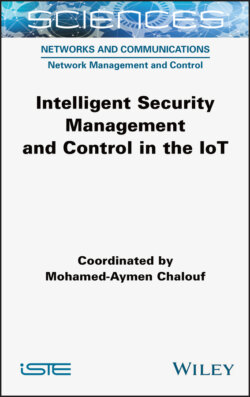Читать книгу Intelligent Security Management and Control in the IoT - Mohamed-Aymen Chalouf - Страница 17
1.4.1.2. Prediction module
ОглавлениеThe radio environment is not stable and the radio parameters may change for many reasons such as mobility and the arrival or departure of other objects. Thus, an object may need to change access network or transmission parameter values. To avoid delays and disruptions to transmission, unusable spectrum handoffs, we use a prediction module. This module will predict future variations of some parameters to anticipate decisions on spectrum handoff and carry this out at an opportune time. In the CRN context, a period could be equal to the time interval allocated to an object to carry out spectrum detection operations, signaling and the transfer of data along a given channel. Thus, when a degradation of the QoS is perceived for the current period (t), the decision to change channel is taken for the future period (t + 1).
At each period t, the prediction module calculates and predicts some transmission parameters for the period t + 1. If the transmission conditions are satisfactory for the period t + 1, then it is not necessary to change channels. Otherwise, the object considered should modify the transmission parameters to guarantee the required QoS.
The process of prediction may require significant resources (CPU, memory and energy). Consequently, implementation of the prediction module in the object may be very restrictive, indeed impossible. Thus, we suggest migrating the prediction process to the Fog radio access network. This makes it possible to improve the object’s capacity, to economize on the battery and to provide the user with a better experience.
The parameters that will be predicted at the period t + 1 are channel availability and the average channel availability time.
